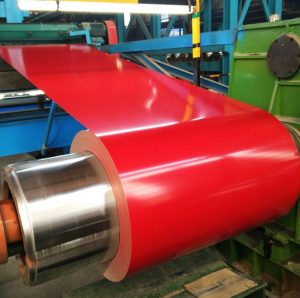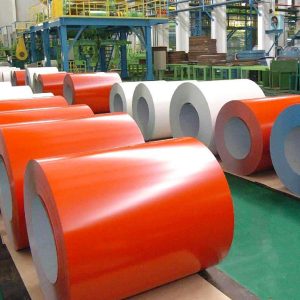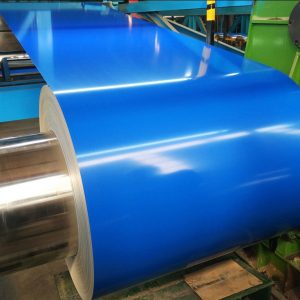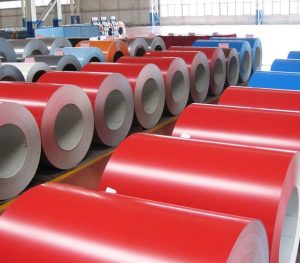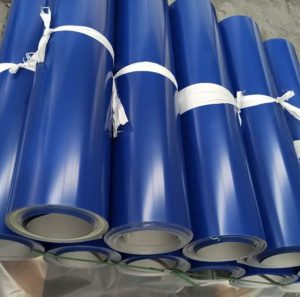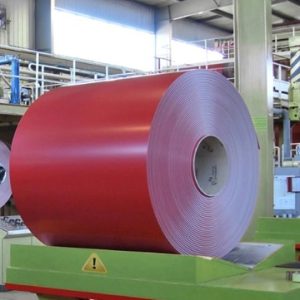What is a 1/2 Aluminum Threaded Rod?
一個 1/2 aluminum threaded rod is a versatile component used in various construction, industrial, and DIY projects. Known for its strength, durability, and corrosion resistance, this rod serves as a fastener that can be used to join different materials together. Its thread, which spirals around the rod, allows it to be screwed into nuts or other components, making it essential in applications ranging from structural support to machinery assembly.
In this article, we will explore the uses, benefits, 和 buying tips for the 1/2 aluminum threaded rod, helping you make informed decisions for your next project.
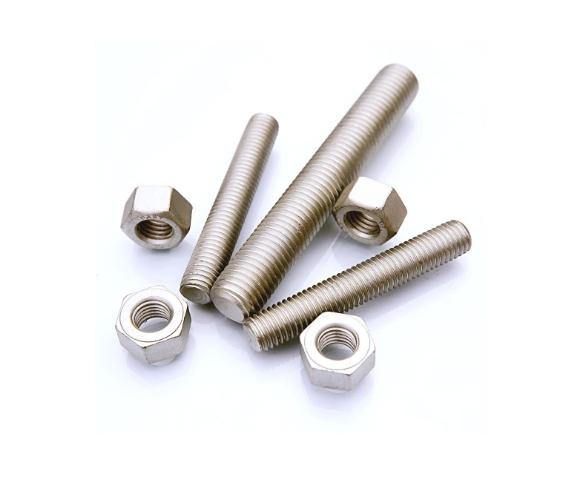
Why Choose a 1/2 Aluminum Threaded Rod?
When it comes to selecting the right fastener for your project, a 1/2 aluminum threaded rod offers unique advantages over other materials and sizes. Let’s explore the reasons why it might be the ideal choice for your needs.
1. 耐腐蝕性
One of the standout benefits of a 1/2 aluminum threaded rod is its corrosion resistance. Aluminum naturally forms a protective oxide layer that prevents rust and degradation, making it perfect for outdoor and marine applications. Unlike steel or iron rods, aluminum threaded rods won’t corrode when exposed to moisture, which is essential in ensuring the longevity and reliability of your project.
2. Lightweight Yet Strong
Although aluminum is much lighter than other metals like steel, it still maintains high strength. 一個 1/2 aluminum threaded rod strikes the perfect balance between being easy to handle while still offering the necessary strength for most structural and assembly purposes. This makes it suitable for projects that require a lightweight solution but still need reliable mechanical properties.
3. Easy to Work With
Aluminum threaded rods are easier to cut, drill, and manipulate compared to materials like steel. This is especially important for DIY projects or when working in tight spaces. If you’re planning to use the rod in machinery or other intricate setups, you’ll find the 1/2 aluminum threaded rod much easier to handle than its heavier counterparts.
Common Applications of 1/2 Aluminum Threaded Rods
The 1/2 aluminum threaded rod is used in a variety of industries. Here are a few common applications:
1. Construction and Structural Support
In the construction industry, 1/2 aluminum threaded rods are often used for structural support, particularly when weight reduction is crucial. They’re used in applications like framing, decking, and support beams. Aluminum’s resistance to corrosion makes it ideal for use in both indoor and outdoor environments.
2. Machinery Assembly
For machinery and industrial applications, 1/2 aluminum threaded rods are commonly used to fasten and hold components in place. Their ability to resist corrosion, coupled with their lightweight properties, make them a preferred choice in factories and workshops.
3. Automotive Industry
The 1/2 aluminum threaded rod is also prevalent in the automotive industry, where it is used to secure engine parts, suspension systems, and other components. Its high strength-to-weight ratio makes it a popular choice for car manufacturers looking to improve performance and efficiency.
4. Marine Applications
Thanks to aluminum’s natural corrosion resistance, 1/2 aluminum threaded rods are commonly used in the marine industry. They’re used to fasten parts of boats, ships, and other watercraft, where exposure to saltwater and harsh weather conditions could otherwise cause other materials to fail.
How to Choose the Right 1/2 Aluminum Threaded Rod for Your Project
Choosing the right threaded rod can be tricky, especially with so many different options available. Here’s a step-by-step guide to help you make the right decision.
Step 1: Understand the Material Alloy
Aluminum threaded rods are available in different alloys, such as 6061, 7075, 和 2024. Each alloy has its own set of characteristics:
-
6061 鋁: Good for general-purpose use, known for its strength and weldability.
-
7075 鋁: A high-strength alloy often used in aerospace and military applications.
-
2024 鋁: Known for its excellent fatigue resistance, used in high-stress environments.
Step 2: Determine the Thread Type
Thread type is another important consideration. For most applications, UNC (Unified National Coarse) or UNF (Unified National Fine) threads are common. Fine threads provide better hold but may be harder to work with, while coarse threads are easier to use and offer greater resistance to stripping.
Step 3: Consider Length and Diameter
You will need to determine the appropriate length 和 diameter of the rod based on your project’s requirements. 一個 1/2 aluminum threaded rod typically comes in standard lengths, but you can also have it custom-cut to suit your needs. Make sure the length and diameter match the components you’re working with.
Step 4: Evaluate Strength Requirements
Consider the strength requirements of your project. While aluminum is generally strong, you may need to choose a higher-strength alloy like 7075 aluminum if your project involves high-stress environments, such as aerospace or automotive manufacturing.
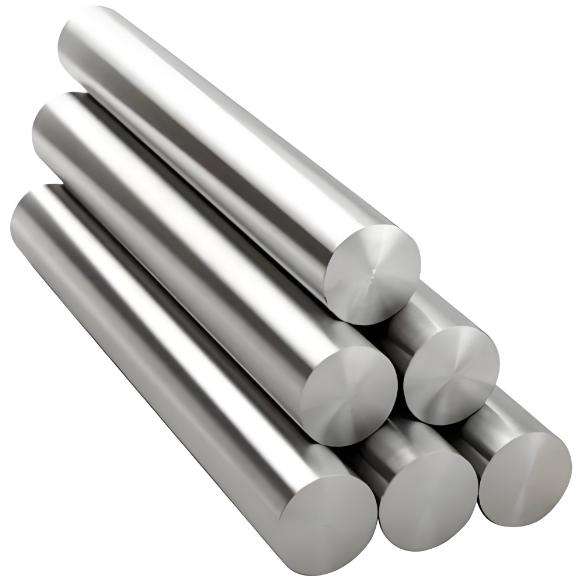
Comparing 1/2 Aluminum Threaded Rod to Other Threaded Rod Materials
Let’s take a closer look at how 1/2 aluminum threaded rods compare to other commonly used materials for threaded rods, such as 鋼 和 stainless steel. This will help you understand when it’s best to choose aluminum over other materials.
| Feature | 1/2 Aluminum Threaded Rod | Steel Threaded Rod | Stainless Steel Threaded Rod |
|---|---|---|---|
| 耐腐蝕性 | 高的 | Low | Moderate to High |
| Weight | Light | Heavy | 緩和 |
| Strength | 緩和 | 高的 | 高的 |
| Ease of Use | Easy to cut and shape | Hard to work with | 緩和 |
| Cost | Lower | 緩和 | 高的 |
As shown in the table, 1/2 aluminum threaded rods excel in lightweight applications and corrosion resistance. However, steel rods are stronger and more durable, making them a better option for high-stress environments. Stainless steel rods offer a balance of strength and corrosion resistance but come at a higher price.
Common Mistakes When Using 1/2 Aluminum Threaded Rods
⚠ Mistake 1: Using the Wrong Alloy
Not all aluminum alloys are suited for the same applications. For instance, 6061 aluminum is great for general purposes, but if you need something stronger for high-stress environments, you should choose 7075 aluminum.
⚠ Mistake 2: Incorrect Thread Type
Choosing the wrong thread type can lead to improper fastening, which could result in parts coming loose over time. Always verify the thread type required for your project to ensure compatibility with other components.
⚠ Mistake 3: Over-tightening
Aluminum threaded rods can strip or break if overtightened. Be careful to follow torque specifications to avoid damaging the threads or the material.
結論: When to Use a 1/2 Aluminum Threaded Rod
The 1/2 aluminum threaded rod is an excellent choice for many applications due to its balance of strength, corrosion resistance, and lightweight properties. Whether you’re working on construction, machinery assembly, or marine applications, this rod is versatile and reliable.
Before purchasing, make sure to consider factors like the material alloy, thread type, and project requirements to ensure the best possible outcome. With the proper knowledge and tools, a 1/2 aluminum threaded rod can be an invaluable asset to your toolkit.
Practical Checklist for Using a 1/2 Aluminum Threaded Rod
-
Choose the right alloy for your project (6061, 7075, or 2024).
-
Select the correct thread type (UNC or UNF).
-
Measure the length and diameter carefully.
-
Ensure proper torque settings to prevent over-tightening.
-
Use protective gear when handling the rod, especially when cutting or threading.
By following this checklist, you can maximize the efficiency and success of your project using 1/2 aluminum threaded rods.


